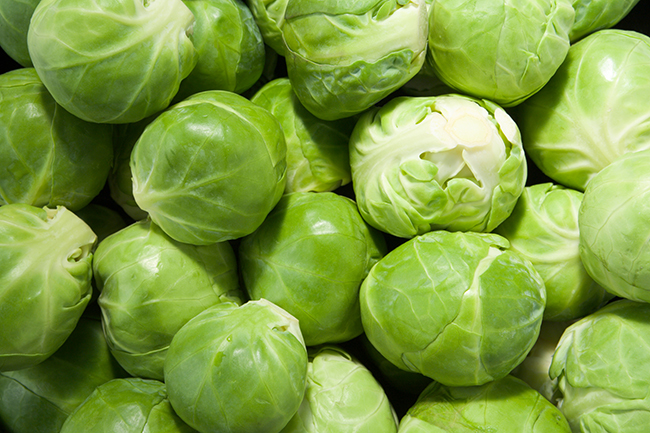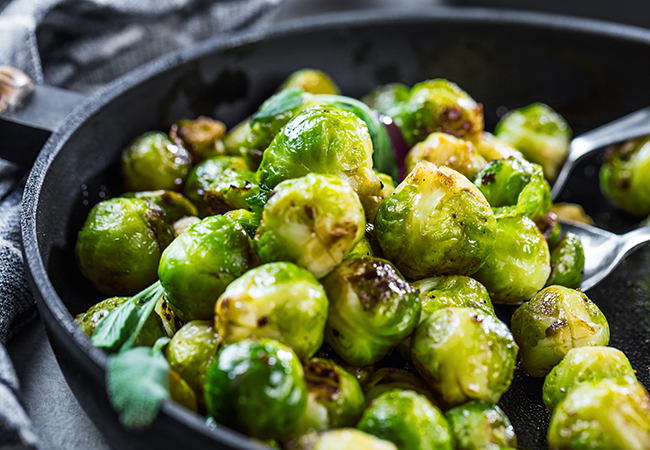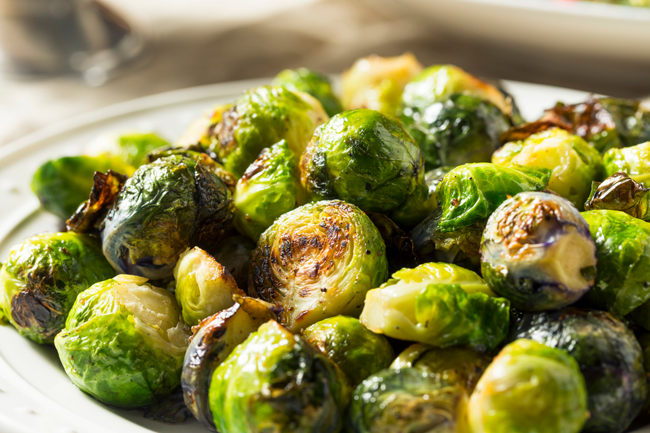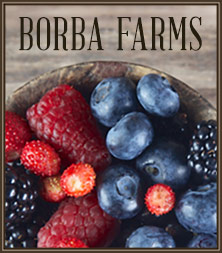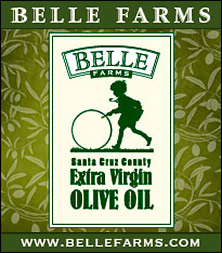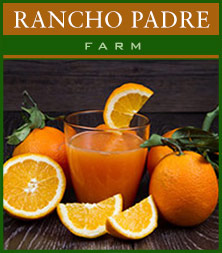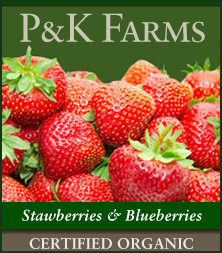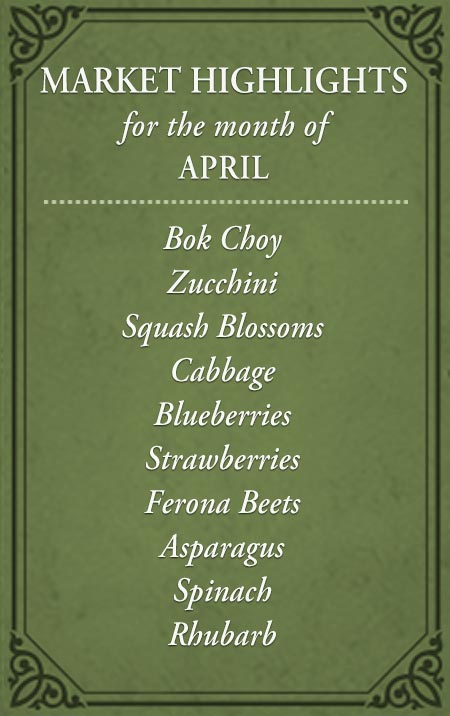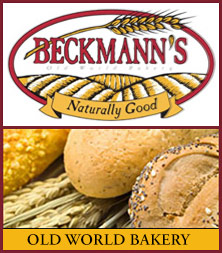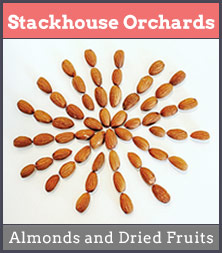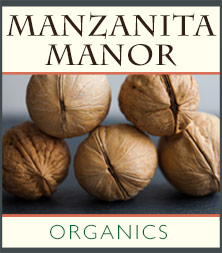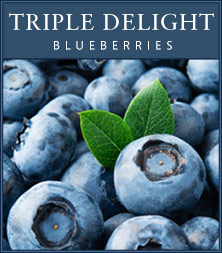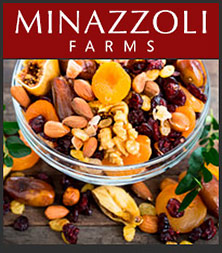Brussels sprouts, members of the cruciferous family (Brassica oleracea), may resemble tiny cabbages, but these emerald-green clusters hold far more than charm. Usually one to two inches in size, they thrive in cool coastal climates and reach peak sweetness after the first autumn frost—making fall the perfect season to enjoy them at their very best.
A Tale of Origins
These nutrient-rich buds trace their roots to northern Europe, likely named for Brussels, Belgium, where they were cultivated as early as the 16th century. French settlers later carried them to Louisiana in the 1800s, but it wasn’t until the 1920s that commercial farming began in earnest. By the late 1930s, California’s central coast—particularly Monterey and Santa Cruz counties—became the heart of U.S. production, a title the region still holds today. Each year, California fields yield more than 70 million pounds of Brussels sprouts.
Despite their noble history, Brussels sprouts once bore an unfortunate reputation. A 20th-century survey in England even crowned them the nation’s “most hated vegetable”—a curious irony given that the U.K. grows six times more sprouts than the U.S.! Thankfully, improved varieties and better cooking methods have helped win them new fans worldwide.
Nutrition in Every Bite
Don’t let their small size fool you—Brussels sprouts are nutritional dynamos. They deliver:
- Vitamin C for immune support
- Vitamin K for bone and heart health
- B6, folate, and fiber for energy and digestion
- Sulforaphane, a sulfur-rich compound also found in broccoli and kale, studied for its cancer-fighting potential
Eating Brussels sprouts regularly is a simple (and delicious) way to pack more nutrient-dense vegetables into your fall meals.
Cooking Brussels Sprouts Right
If your childhood memory of sprouts is one of bitterness and mush, you’re not alone. The secret is in the preparation: cook them quickly at high heat or pair them with bold, complementary flavors. Try these inspired ideas:
- Roasted – Toss with olive oil, salt, and pepper; roast at 400°F until crispy and caramelized.
- Sautéed – Cook with garlic, shallots, or a little pancetta for richness.
- Glazed – Finish with balsamic reduction, maple syrup, or honey for a sweet-savory balance.
- Cheesy – Add Parmesan or pecorino for a nutty, salty finish.
- Grilled – Skewer sprouts or halve them for smoky, charred flavor.
- Crisped – Try shallow- or deep-frying for irresistible crunch.
- Asian-Inspired – Add soy, ginger, sesame oil, and toasted seeds.
- Raw and Fresh – Shave thinly into salads with apples, nuts, and vinaigrette for a crisp bite.
Selecting and Storing
When choosing Brussels sprouts, look for:
- Firm, tightly packed sprouts with bright green leaves
- Small to medium size (larger ones can be more bitter)
- No yellowing or wilting leaves
Store unwashed sprouts in a perforated plastic bag in the refrigerator. They’ll keep for about a week, though they taste sweetest when eaten within a few days of purchase.
This October, celebrate Brussels sprouts at their seasonal best—whether roasted until golden, shaved raw into salads, or dressed up for a holiday side dish. From their European roots to California’s coastal farms, these tiny greens continue to prove that good things really do come in small packages.
RECIPES: Here’s a link to our collection of Brussels sprouts recipes.


